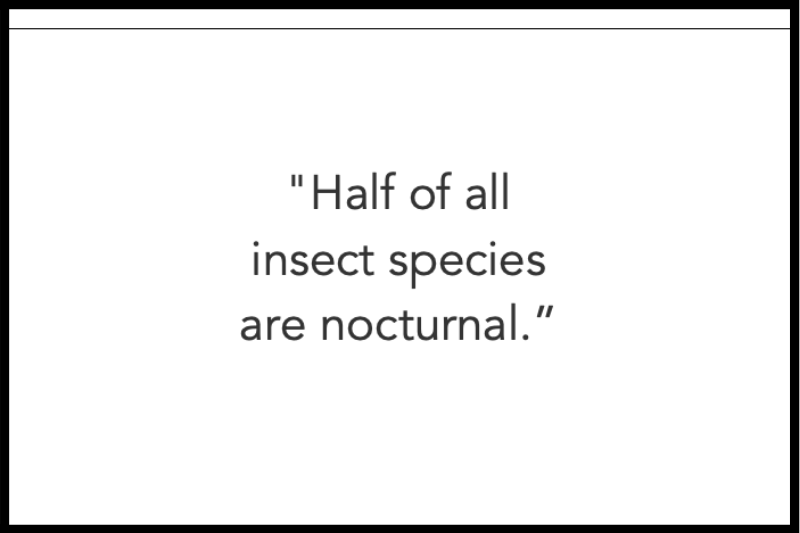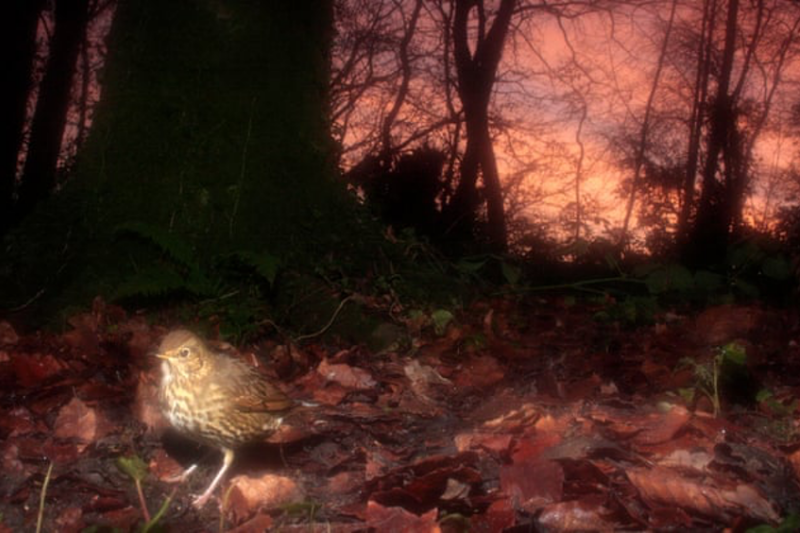Insects around the world are rapidly declining.
Concerns over what this loss means for food security and ecological communities have compelled a growing number of researchers to search for the key drivers behind the declines.
Habitat loss, pesticide use, invasive species, and climate change all have likely played a role, but we posit here that artificial light at night (ALAN) is another important—but often overlooked—bringer of the insect apocalypse. We first discuss the history and extent of ALAN, and then present evidence that ALAN has led to insect declines through its interference with the development, movement, foraging, and reproductive success of diverse insect species, as well as its positive effect on insectivore predation.
We conclude with a discussion of how artificial lights can be tuned to reduce their impact on vulnerable populations.
ALAN is unique among anthropogenic habitat disturbances in that it is fairly easy to ameliorate, and leaves behind no residual effects. Greater recognition of the ways in which ALAN affects insects can help conservationists reduce or eliminate one of the major drivers of insect declines.


